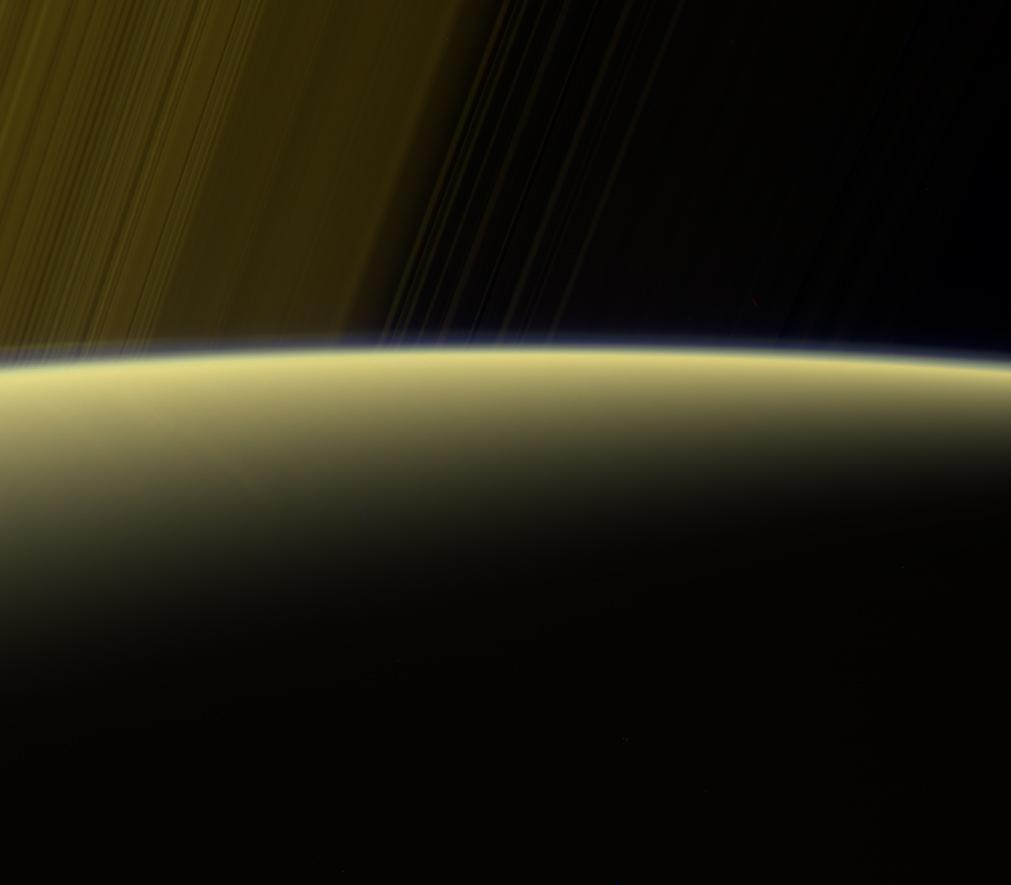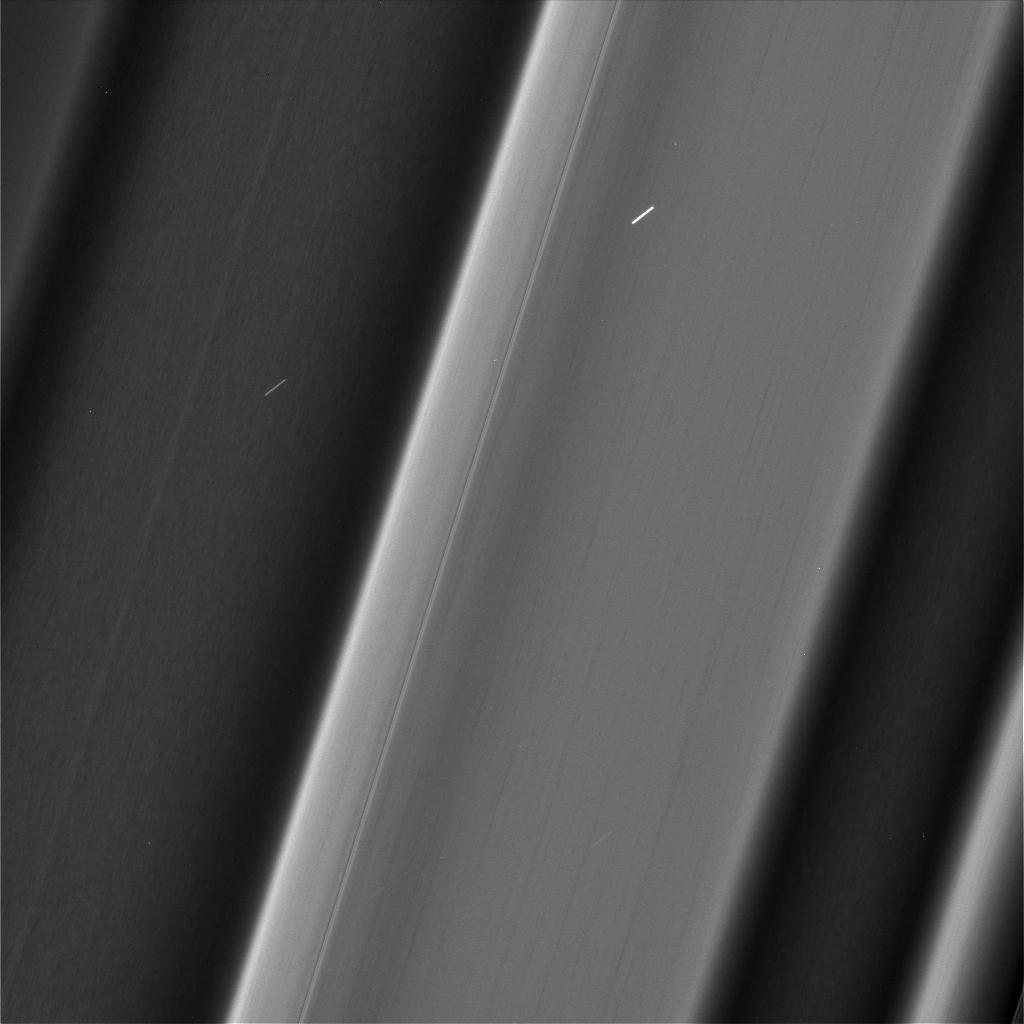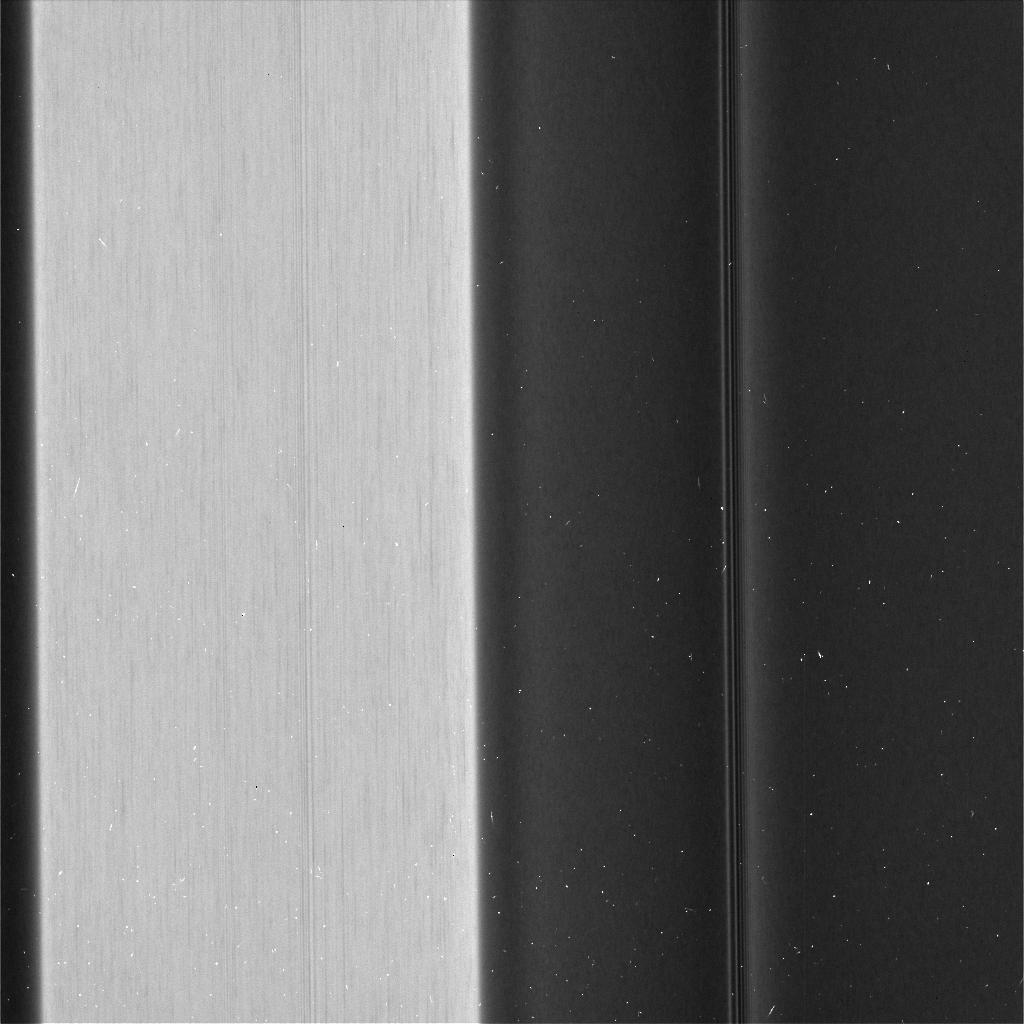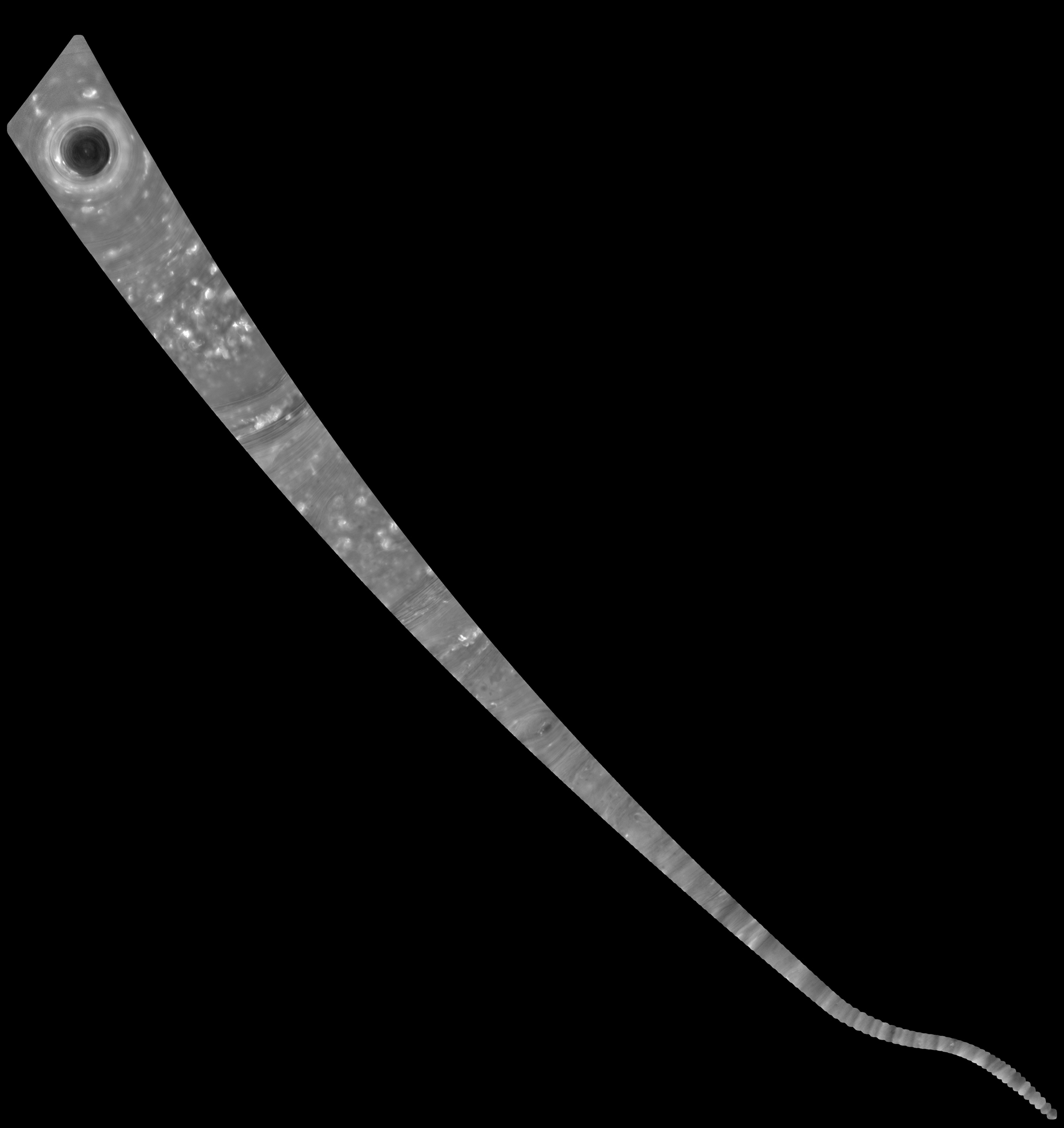How Long Is a Day on Saturn? Cassini Is Racing to Find Out in Its Final Months
How long is a day on Saturn? The answer is still unclear as the Cassini spacecraft approaches its "Grand Finale" plunge into the ringed planet's atmosphere.
Cassini has dived between Saturn and its rings 15 times now, with seven more dives to go, and continues to collect unprecedented science results — along with some spectacular images. In recent statement, NASA spotlighted some of each.
"Cassini is performing beautifully in the final leg of its long journey," Earl Maize, a Cassini project manager at NASA's Jet Propulsion Laboratory in California, said in the statement. "Its observations continue to surprise and delight as we squeeze out every last bit of science that we can get." [NASA's Epic Cassini Mission to Saturn Gets Awesome Video Treatment]
For one, the researchers have found that Saturn's magnetic field has very little tilt; it lines up almost perfectly with the planet's rotation axis. A tilt would have helped researchers determine how long Saturn takes to fully rotate — the length of its "day" — and is what researchers expected to find based on their understanding of how magnetic fields are generated, NASA officials said in the statement. It may be that the tilt is somehow masked by an element in Saturn's atmosphere, they said.
"The tilt seems to be much smaller than we had previously estimated and quite challenging to explain," Michele Dougherty, Cassini's magnetometer investigation lead at Imperial College London, said in the statement. "We have not been able to resolve the length of day at Saturn so far, but we're still working on it."
The researchers also will be able to combine data about the pull of Saturn's gravity with readings from Cassini's magnetometer, which documenting the planet's magnetic field, to help discern the structure of its interior.
During its dives, Cassini has also scooped up samples from the inner edge of Saturn's rings and the outer edge of its atmosphere. During its first ring dive, the spacecraft encountered almost no dust and debris, but it was able to measure what little was there using its Cosmic Dust Analyzer instrument. Researchers are preparing to analyze that data to learn more about the rings' makeup.
Breaking space news, the latest updates on rocket launches, skywatching events and more!
The probe's Ion and Neutral Mass Spectrometer has sampled Saturn's atmosphere, and will analyze samples from deeper and deeper down over Cassini's final five orbits and ultimate dive into the planet on Sept. 15, NASA officials said.
And through it all, Cassini has continued to return the closest-ever views of the planet and its rings. For instance, that scrutiny has revealed strange bright bands, called plateaus, in Saturn's C ring. These bands have a streaky texture, whereas other nearby regions have clumpy or indeterminate structures. According to NASA, the new views can help researchers understand the differences between particles in those regions. The spacecraft has also caught detailed views of the planet's swirling clouds.
"The data we are seeing from Cassini's Grand Finale are every bit as exciting as we hoped, although we are still deep in the process of working out what they are telling us about Saturn and its rings," Linda Spilker, a Cassini project scientist also at JPL, said in the statement.
Email Sarah Lewin at slewin@space.com or follow her @SarahExplains. Follow us @Spacedotcom, Facebook and Google+. Original article on Space.com.

Sarah Lewin started writing for Space.com in June of 2015 as a Staff Writer and became Associate Editor in 2019 . Her work has been featured by Scientific American, IEEE Spectrum, Quanta Magazine, Wired, The Scientist, Science Friday and WGBH's Inside NOVA. Sarah has an MA from NYU's Science, Health and Environmental Reporting Program and an AB in mathematics from Brown University. When not writing, reading or thinking about space, Sarah enjoys musical theatre and mathematical papercraft. She is currently Assistant News Editor at Scientific American. You can follow her on Twitter @SarahExplains.




